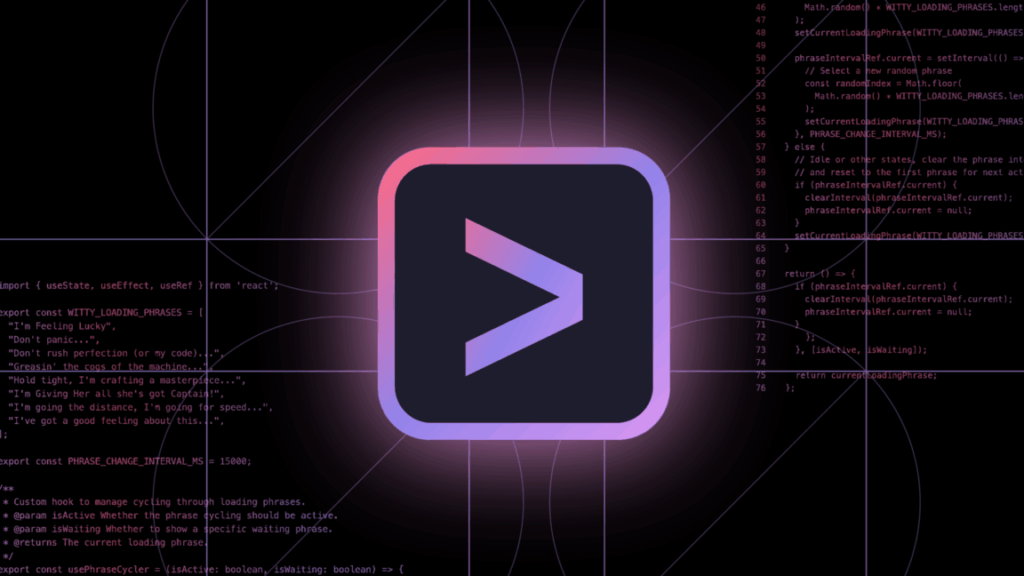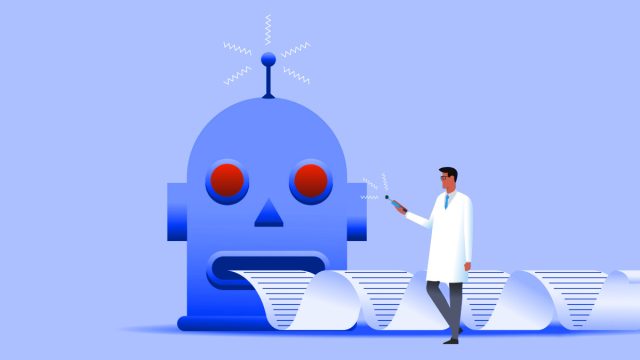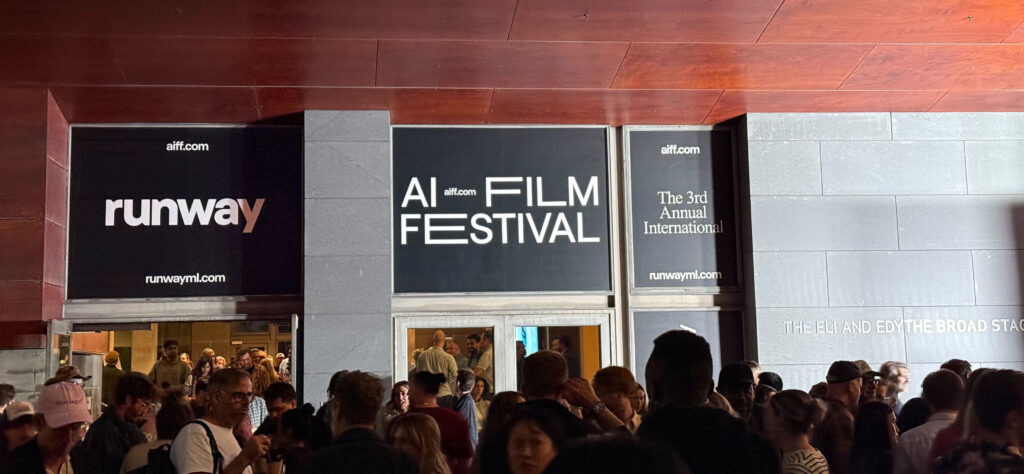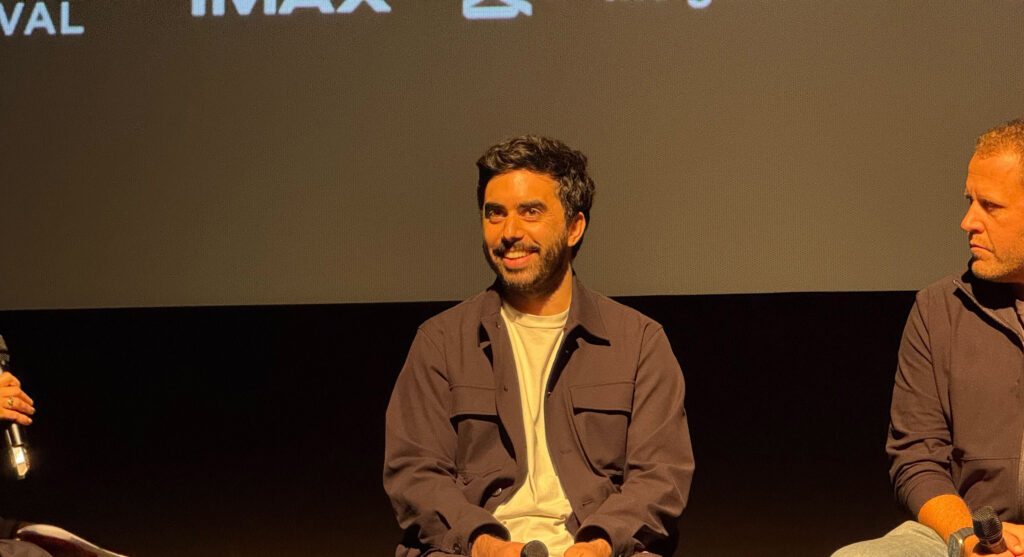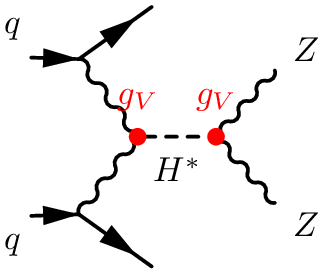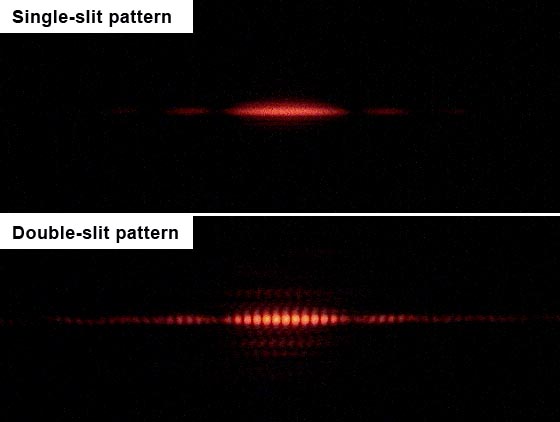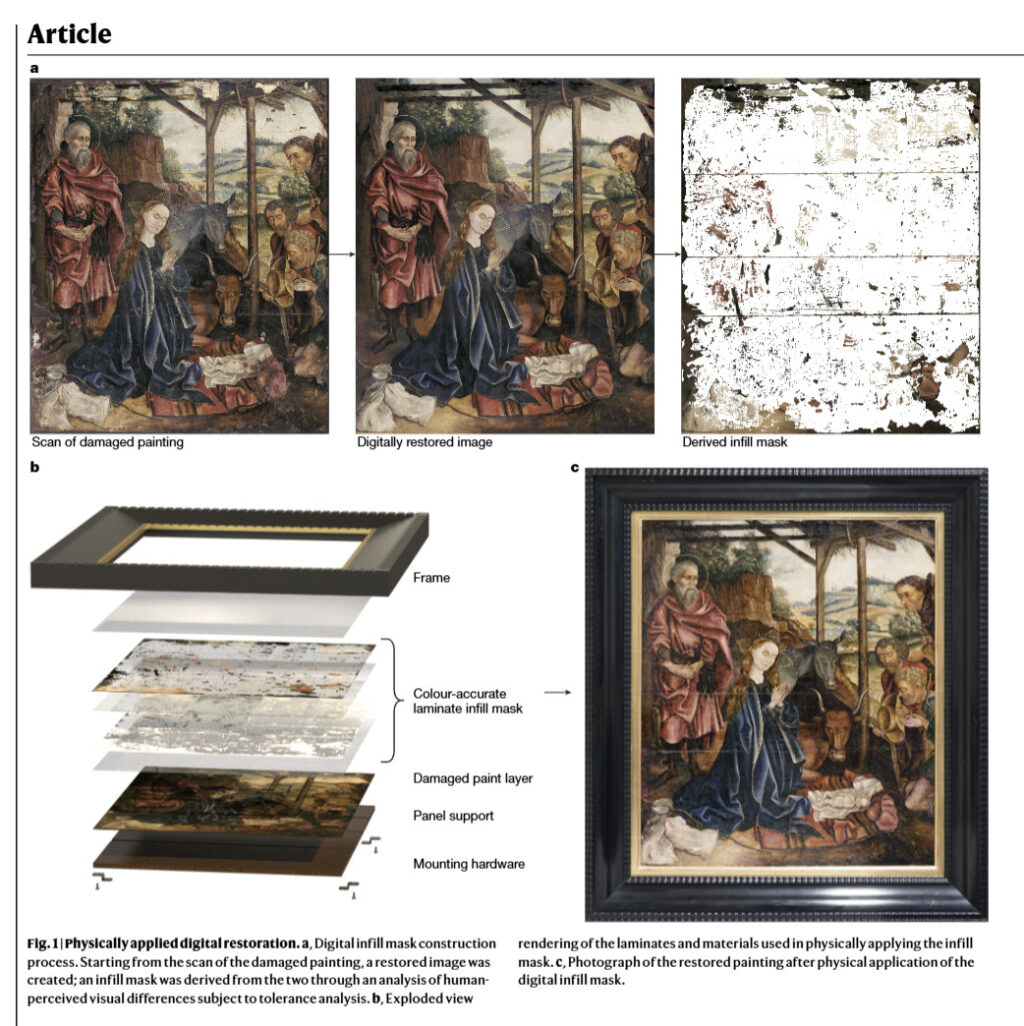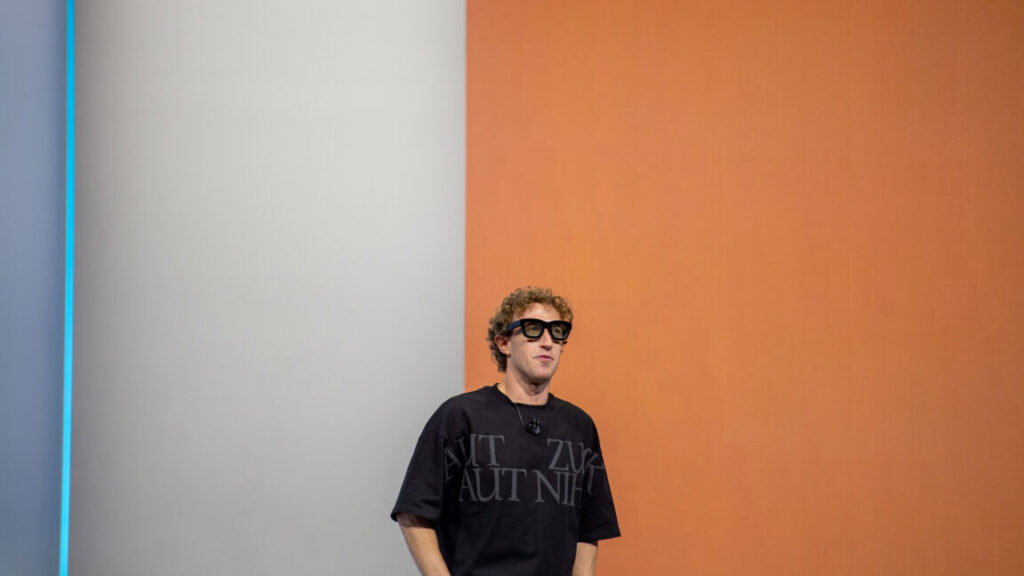Reddit CEO pledges site will remain “written by humans and voted on by humans”
Reddit is in an “arms race” to protect its devoted online communities from a surge in artificial intelligence-generated content, with the authenticity of its vast repository of human interaction increasingly valuable in training new AI-powered search tools.
Chief executive Steve Huffman told the Financial Times that Reddit had “20 years of conversation about everything,” leaving the company with a lucrative resource of personal interaction.
This has allowed it to strike multimillion dollar partnerships with Google and OpenAI to train their large language models on its content, as tech companies look for real-world data that can improve their generative AI products.
But Huffman said Reddit was now battling to ensure its users stay at the center of the social network. “Where the rest of the internet seems to be powered by or written by or summarized by AI, Reddit is distinctly human,” he said. “It’s the place you go when you want to hear from people, their lived experiences, their perspectives, their recommendations. Reddit is communities and human curation and conversation and authenticity.”
As Reddit becomes an increasingly important source for LLMs, advertisers are responding with what one agency chief described as a “massive migration” to the platform.
Multiple advertising and agency executives speaking during this month’s Cannes advertising festival told the FT that brands were increasingly exploring hosting a business account and posting content on Reddit to boost the likelihood of their ads appearing in the responses of generative AI chatbots.
However, Huffman warned against any company seeking to game the site with fake or AI-generated content, with plans to bring in strict verification checks to ensure that only humans can post to its forums.
“For 20 years, we’ve been fighting people who have wanted to be popular on Reddit,” he said. “We index very well into the search engines. If you want to show up in the search engines, you try to do well on Reddit, and now the LLMs, it’s the same thing. If you want to be in the LLMs, you can do it through Reddit.”
Reddit CEO pledges site will remain “written by humans and voted on by humans” Read More »


